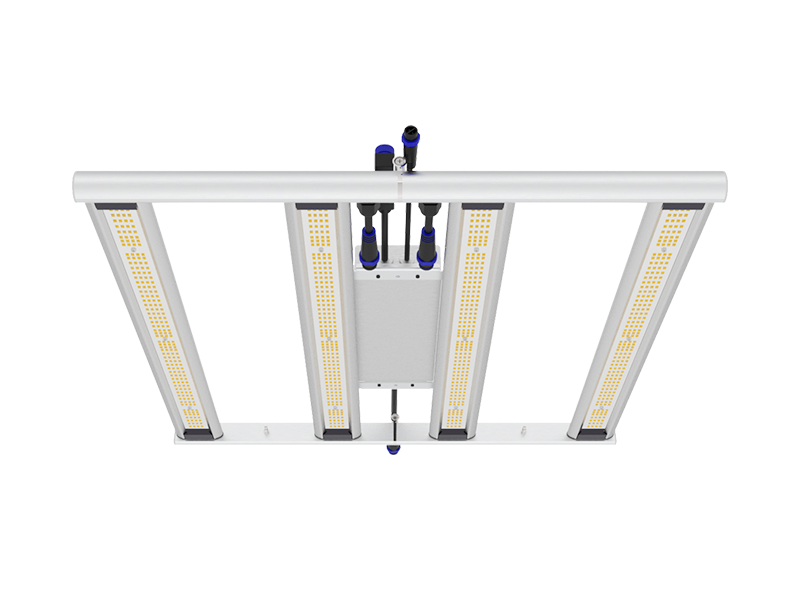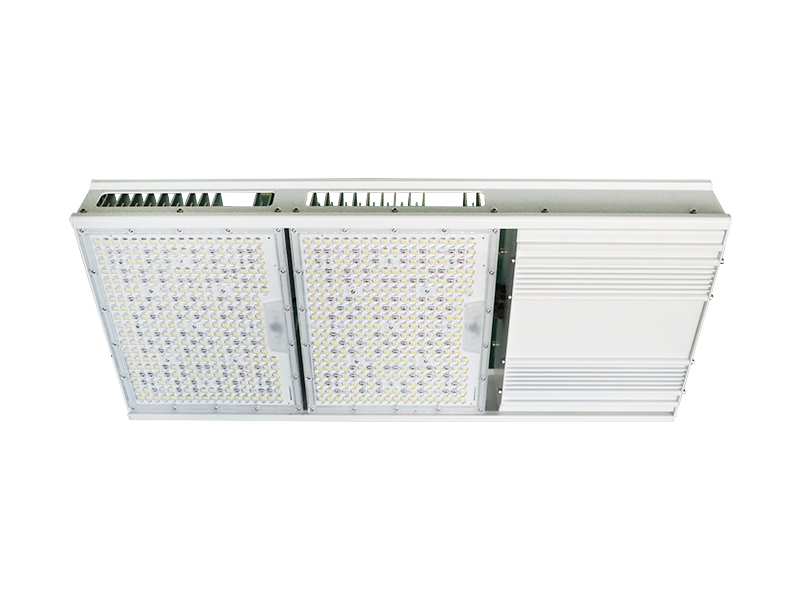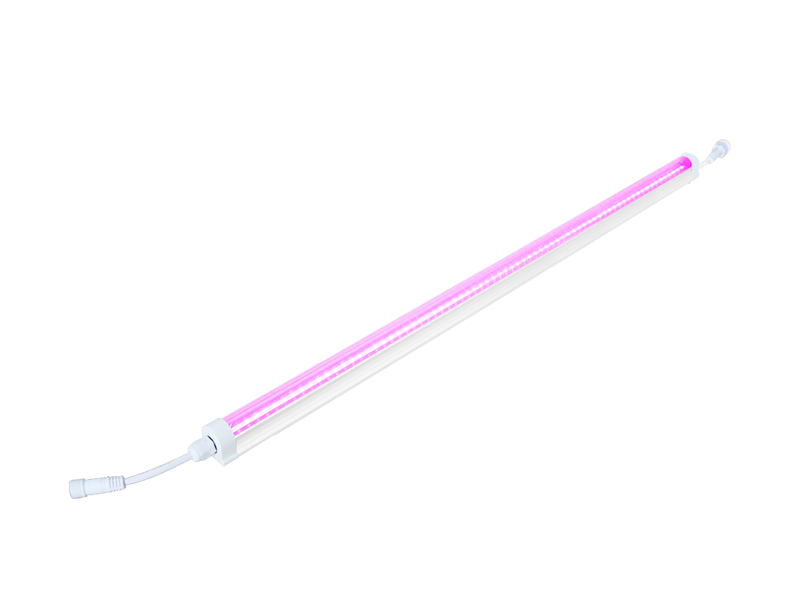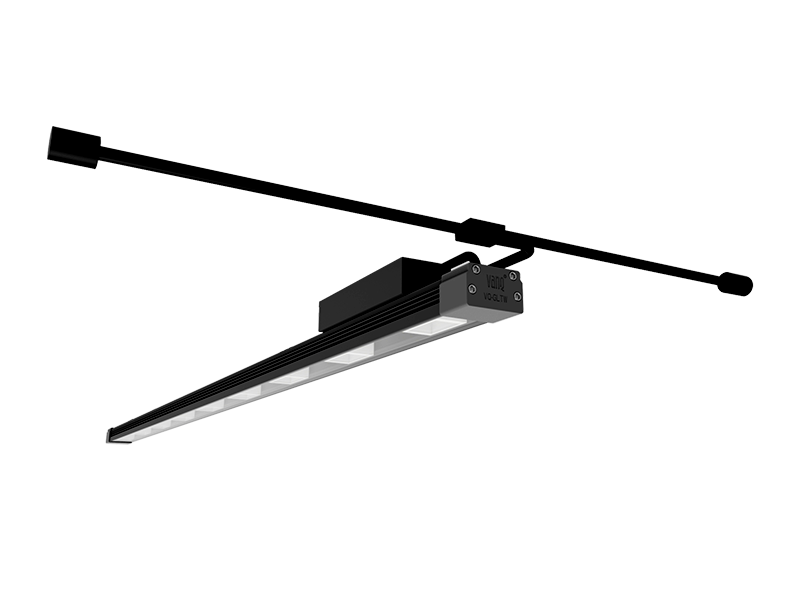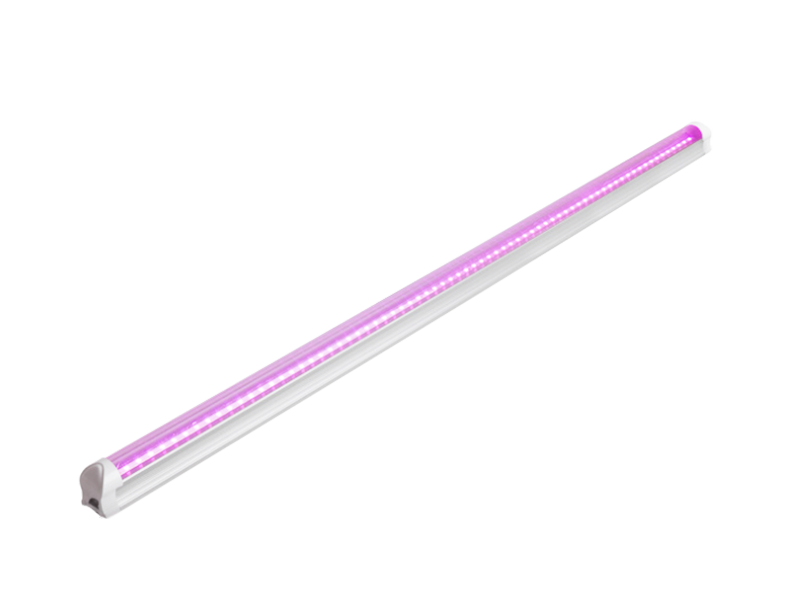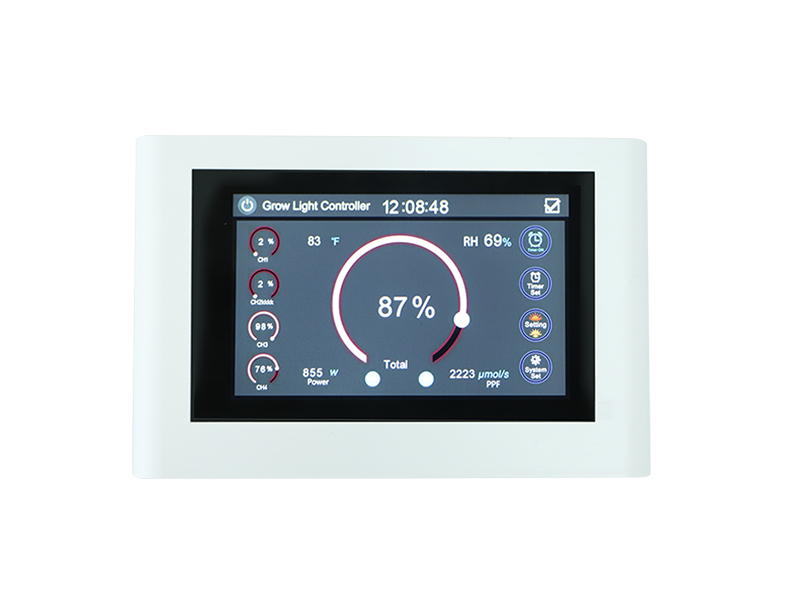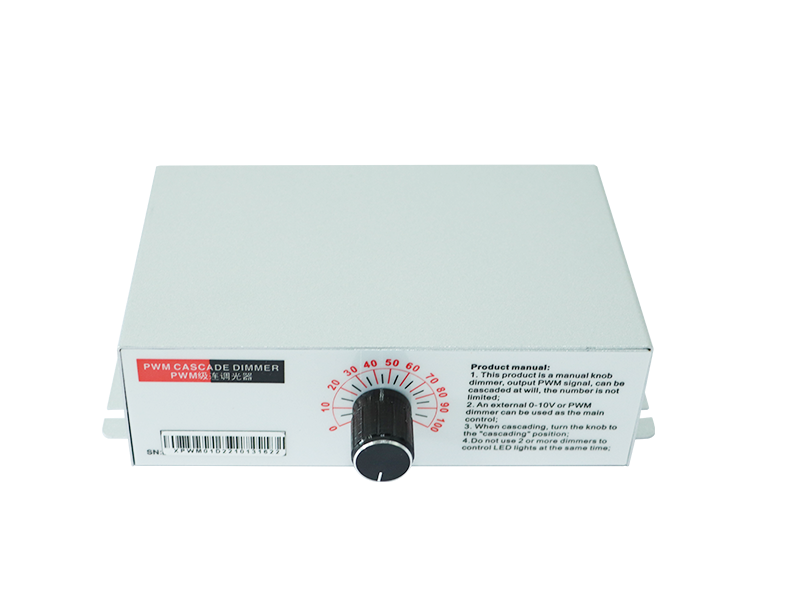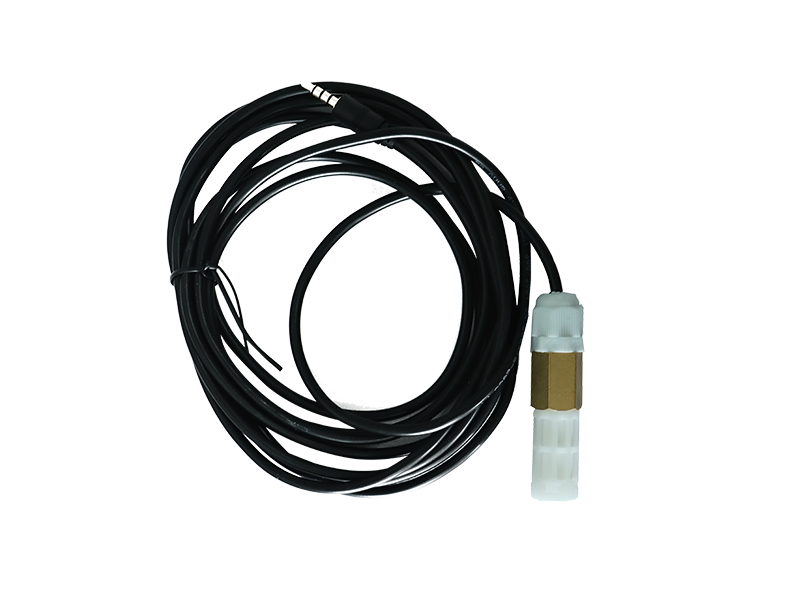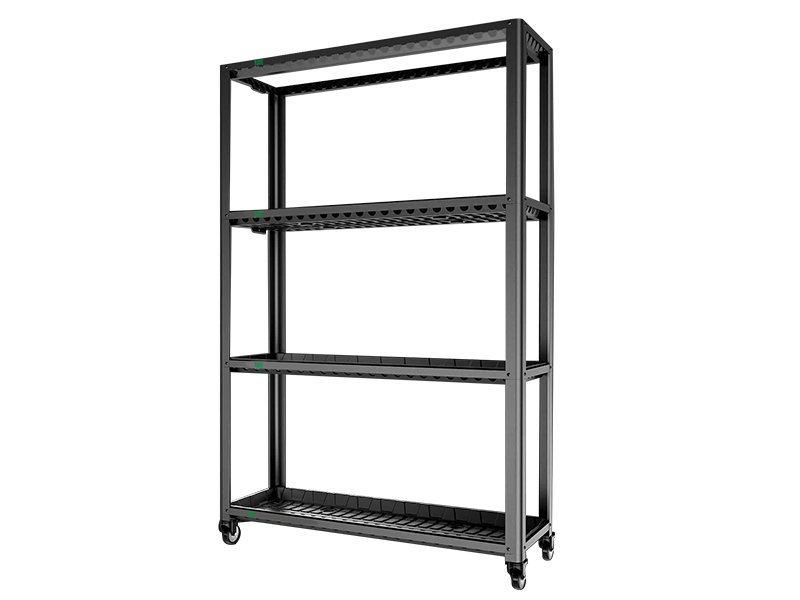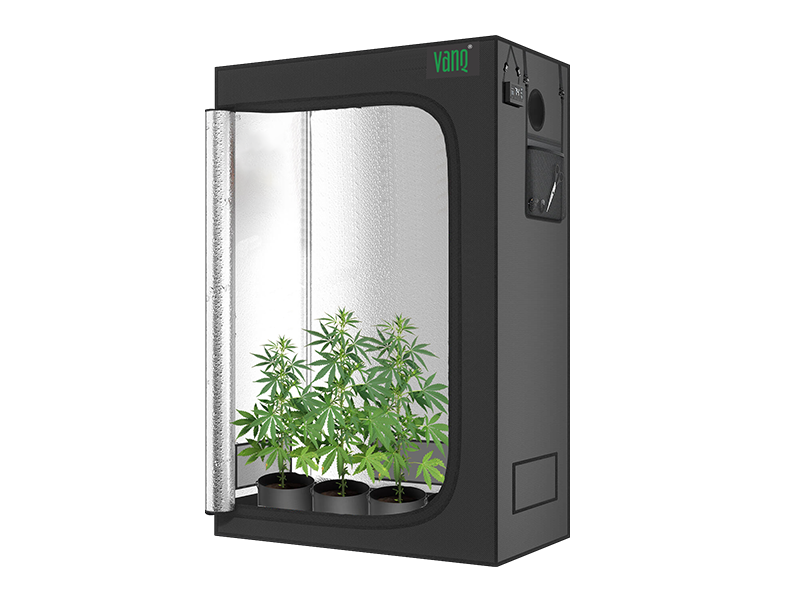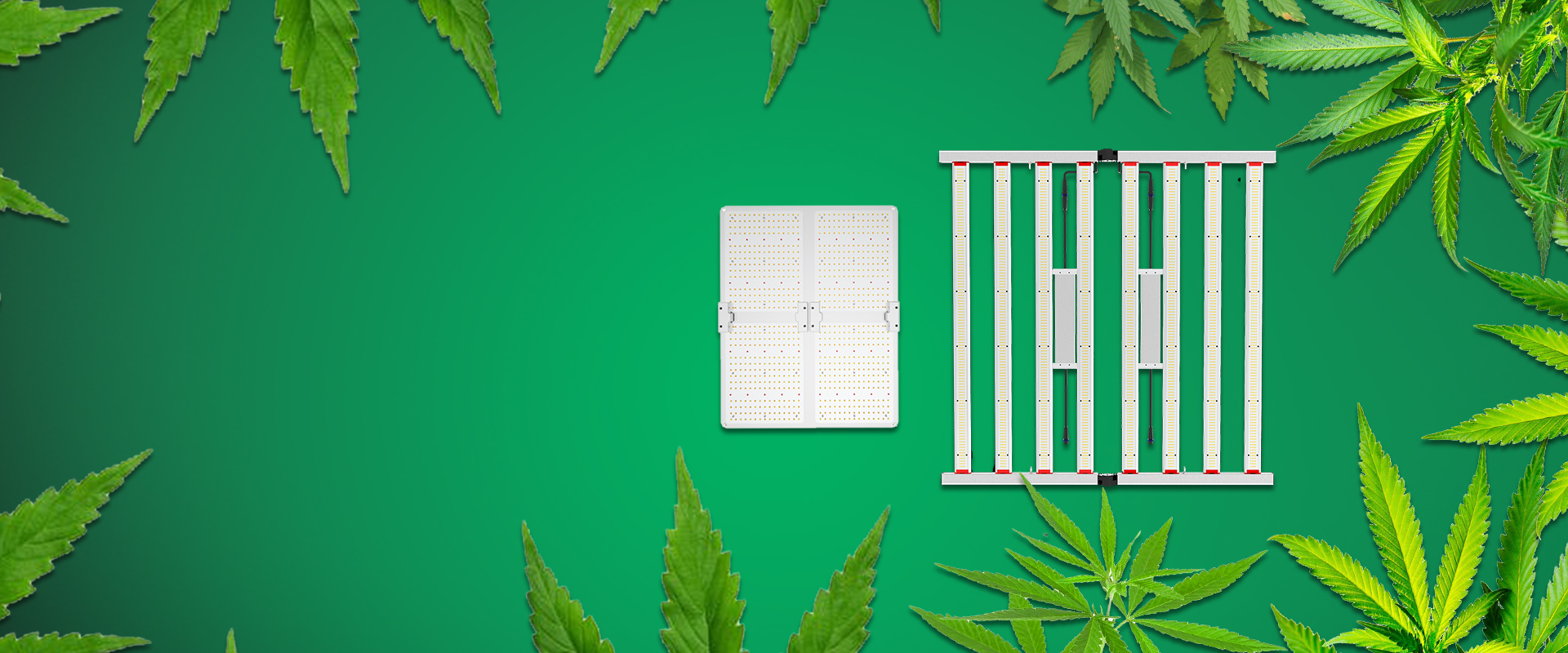
mother-cannabis-plants-for-clone
Do you know cannabis clone? It is very easy to clone cannabis plants, with this way you can get many cannabis plants same to the mother plants. Here we tell you how to clone cannabis with the easiest way.
What Is Clone?
Cloning refers to copying a cannabis plant with a “cutting” from the parent plant. Then, the cutting plug will take root on its own and grow into a plant almost the same as the female parent (“cloning”). Cloning is also called asexual reproduction. For growers, cloning is a simple, fast and economical way to produce new cannabis plants.
Why Clone Cannabis Plants?
The special thing about cloning cannabis is that the genetics of cloning are the same as the parent. This means that the new plants will have the same quality and characteristics. If you cloned it from a female, you will definitely know that the new plant is also female. If you have a favorite cannabis plant and have the qualities you like, such as good taste, potency or high yield, you can grow dozens of free copies of the plant.
Cloning cannabis means you can save your best plants almost indefinitely!
How To Clone Cannabis Plants?
It is very easy to clone cannabis, but you should prepare some equipment before clone.
Scissors (used to cut off the branches of the female parent)
Razor (used to repair cutting chips)
Root setup (tray / dome / root cube or automatic cloning)
Rooting hormone
How To Cutting The Cannabis Plants?

When choosing a mother plant to clone, look for healthy, strong plants that have been grown for at least two months. Once the plant begins to bloom, the clone should not be clone from the plant.
Do not fertilize mother plants for a few days before taking cuttings. This will allow nitrogen to escape from the leaves. When you take cuttings, excess nitrogen on the leaves and stems will trick your clones into trying to grow vegetation rather than diverting energy towards rooting.
Work in a sterile environment: wear gloves and disinfect razors and scissors.
Look for branches that are robust and healthy. You want at least two nodes in the final cut, so choose a branch that is healthy and long enough. A resistant clone will lead to a resistant plant.
Cut off the mother clone by cutting above the node on the mother plant. It’s okay to use scissors here; it can be difficult to get a razor in the middle of the mother plant.
Hen Next, with a razor blade, cut below the lower node in the new cut at a 45 ° angle to the branch. This will increase the area of the rooting surface, promoting faster growth.
Immediately place your new cut on a rooting hormone. Then put it directly into a root bucket. If you use an automatic cloner, you will place the rooting hormone on the cloner after taking all of your cuttings.
Nce Once a cut has been made, remove the unnecessary leaves towards the bottom and cut the tips of the remaining leaves from the fan in the cut. This supports photosynthesis, helping your clones absorb nutrients and water.
How To Improve The Rooting Of Cannabis Cuttings By Using LED Grow Light?
How To Take Care Of Your New Clone Plants
Your clone plants should be placed in a warm and humid environment. If you do not use a moisture shield, spray the clone multiple times a day. Try to keep the humidity at 70-80%. The optimal temperature for your clone is slightly higher than room temperature 22-25 ° C. If you grow under cool conditions, you can use a heating pad to control the temperature. Some commercial cloners and breeders have integrated heaters and adjustable thermal settings.
As for the right light source for your clone, they didn’t need a light at the begain several days. After this time, you want to use weak CFL bulbs or T8 grow lights to illuminate the clones and seedlings to maintain their growth. If you want to use an existing cannabis grow light, you may need to move it further up to reduce the intensity of the light. The important thing is that you don’t provide lighting 24 hours a day, but keep the 18/6 lighting schedule for the clone. The dark period is where most of the roots grow.



